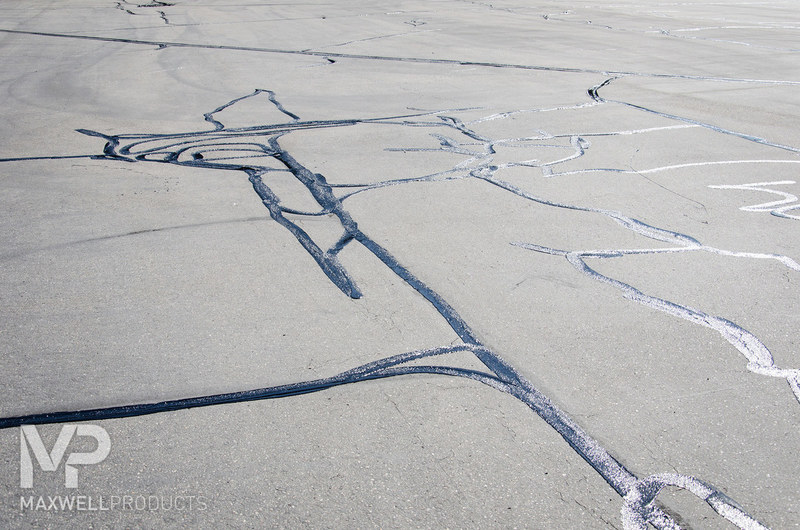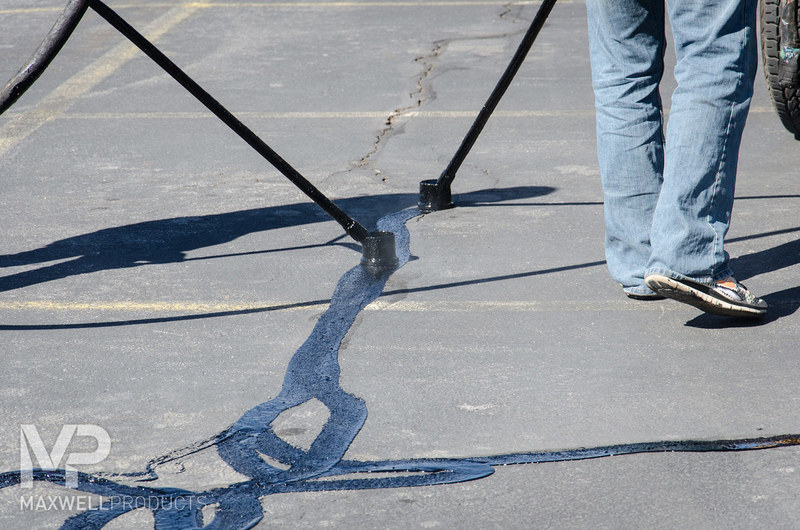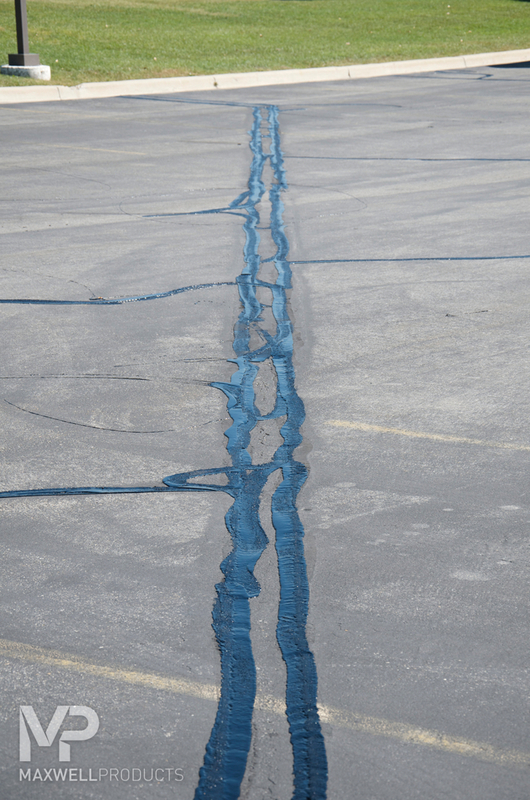View Photo
Solution Center
Repairing Block Cracking with:
Simple Overband Crack Seal Flush Fill Crack Seal Overband Crack Seal
Problem: Block Cracking
Similar to fatigue cracking, block cracking appears as an interconnected network of square or rectangular shaped cracks. Typically caused by thermal expansion/contraction, reflection of cracking below the top layer, and poor flexibility of asphalt binder, this type of cracking often occurs over a wide area and can appear in non-traffic areas. The blocks can vary in size, with larger blocks classified as longitudinal and transverse cracking.
Solution: Simple Overband Crack Seal
Occasionally referred to as a blow-and-go, due to the lack of crack preparation and routing, one of the common and cost-effective methods of sealing pavement cracks, simple overband crack sealing is a procedure whereby the repair crew concentrates their efforts on the surface of the crack, filling and overbanding simultaneously. This method of crack sealing is faster and easier than a routed overband crack seal and may bridge and not fill the crack completely from the bottom up. While simple overband crack sealing does create a moisture seal and protects the top of the crack surface from erosion and further damage, it may not last as long as a routed repair and may require a touch-up within a few years.
Comments
no comments





